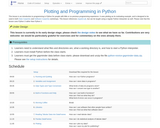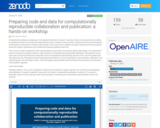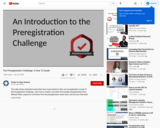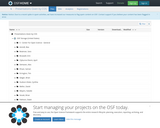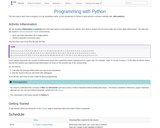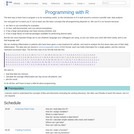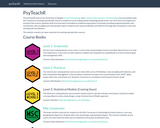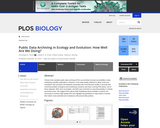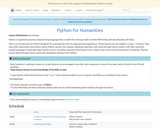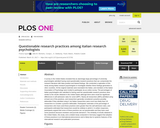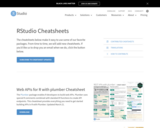
The movement towards open science is a consequence of seemingly pervasive failures to replicate previous research. This transition comes with great benefits but also significant challenges that are likely to affect those who carry out the research, usually early career researchers (ECRs). Here, we describe key benefits, including reputational gains, increased chances of publication, and a broader increase in the reliability of research. The increased chances of publication are supported by exploratory analyses indicating null findings are substantially more likely to be published via open registered reports in comparison to more conventional methods. These benefits are balanced by challenges that we have encountered and that involve increased costs in terms of flexibility, time, and issues with the current incentive structure, all of which seem to affect ECRs acutely. Although there are major obstacles to the early adoption of open science, overall open science practices should benefit both the ECR and improve the quality of research. We review 3 benefits and 3 challenges and provide suggestions from the perspective of ECRs for moving towards open science practices, which we believe scientists and institutions at all levels would do well to consider.
- Subject:
- Biology
- Life Science
- Material Type:
- Reading
- Provider:
- PLOS Biology
- Author:
- Christopher Allen
- David M. A. Mehler
- Date Added:
- 08/07/2020



